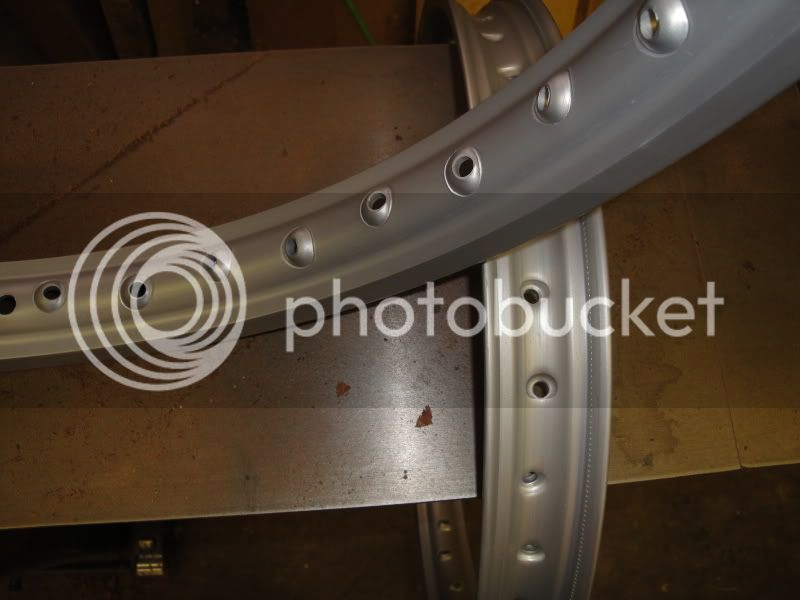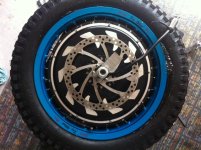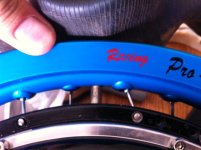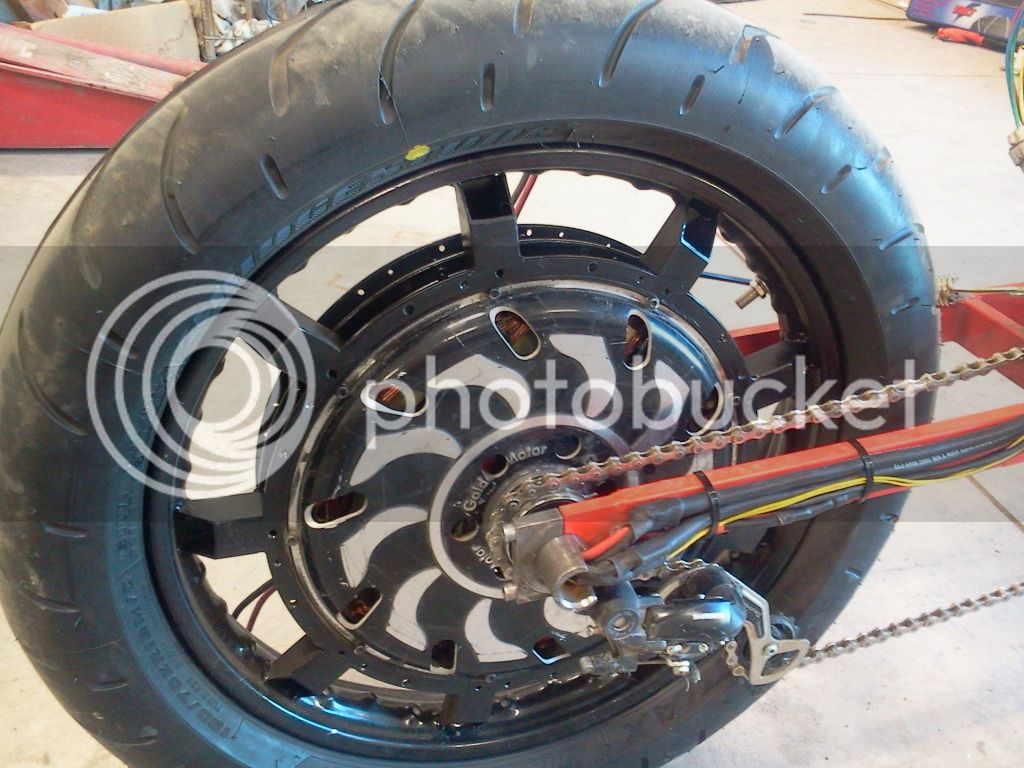liveforphysics
100 TW
Kingfish said:Rims and Tires Reference
Spokes:
Material sciences already provide methodology for understanding stress and strain. We have to consider the following properties…
- Hardness; resist wear and penetration.
- Malleability; ability to deform before rupture, effects manufacturing.
- Toughness; ability to resist high-impact (shock) loads.
- Ductility; ability to deform under tensile load before rupture, ability to elongate.
- Brittleness; tendency to fail with very little deformation.
- Elasticity; ability to return to the original shape after elongation and without memory, springiness.
- Plasticity; ability to deform nonelastically without rupturing .
- Stiffness; ability to resist deformation. Stiffness varies directly as its’ modulus of elasticity.
- Alloy; the blend of two or more materials, one being metal, and exhibiting metallic qualities.
The other spoke aspects we also need to consider are:
- Thermal Expansion (example: copper, aside from being ductile, would make for a poor spoke because of high thermal sensitivity, though not too bad for bi-metallic temperature gauges).
- Thermal Stress; geometries that change shape to thermal conditions, and affected by uneven changes over the specimen length.
I would like to believe you're pulling our leg when you write this sort of thing, but it's like you put so much effort into it that it's hard to believe you're not serious.
As far as picking a spoke material, the properties you would want to know for making a reliable wheel are just modulus and yield point. Modulus doesn't matter though, because we're using stainless steel, and it's just a couple points of being a constant for all steels.
That leaves yield point in tension.
When you're going to yield in narrow things and drawn things and forged things comes down to grain orientation and structure/temper, this makes any bulk materials property sheets useless for your decision.
Having a high yield point is important. If you just had a high ultimate strength but low yield point, it would be less likely to have a catastrophic failure, but it would come out of true more easily. We want a reliable wheel that we can just ride and ignore for years. That means a high material yield point in tension.
Every decent spoke mfg uses roughly equally excellent stainless alloys well suited to being a spoke, so it's kinda irrelevant to selection anyways.
What matters? The size not being too thick to stretch a good distance in tension when laced to a bicycle rim. The profile of the spoke having strength where you need it, and being supple everywhere else (the butting pattern it uses), and every mfg claims they have a process of forging the butted section that best orients the grain structure to increase that yield point as high as possible, and it's true, it does. Here is an example of a typical spoke mfg claim for the yield strength increase in the butted area of the spoke:
"Sapim butted spokes have two major benefits: less weight and more strength! The SCFT-system (Sapim Cold Forging Technology) ’stretch‘ the spoke while retaining the linear molecular structure of the material, thereby increasing the spoke strength at the middle by at least 48%.
As an added bonus, the thin middle section of the light Laser and Race spokes also provides better shock absorption. The Strong, with its extra material in the bend, fits more tightly into the hub hole making it ideally suited for tandems and other heavy duty applications."
Which brings us to the profile. This matters.
A non-butted spoke shouldn't exist, it's simply a bad design.
If both rim and hub holes are small, I would run a 14awg-15awg-14awg double butted spoke profile. (EG: Sapim) If the hub hole is massive, I would run a triple butted 13awg-15awg-14awg profile. (EG: DT Alpine 3).
That would be your criteria to make the decision on spoke size. Triple butted if your hub has monster holes, otherwise a double butted design.
That's how a sane person does it.








